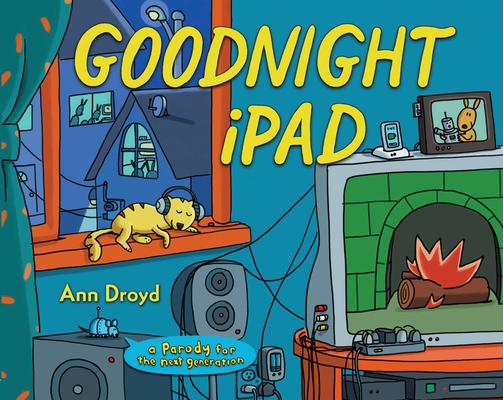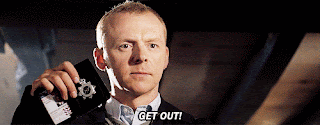Today we stumbled into an awesome lesson about parody. We started asking our students what they'd like to read about next year. This led to a discussion on how hard it is to a find text that's funny, a search through Newsela, and the emergence of the flying spaghetti monster. Over the course of three periods we evolved this lesson:
1. Display this image on the screen at the front of the room. (click for larger image)
Trust me, this will grab your students' attention and get them right into the lesson.
Have students analyze the image. Have them identify what they can see. Ask them if it looks familiar at all (leading them to the next picture).
2. Display this image.
Explain that this is a famous painting by Michelangelo called the Creation of Adam, and that it is found on the ceiling of the Sistine Chapel in the Vatican. Discuss to identify that the painting shows Adam and God reaching to touch each other.
Feel free to work in further image analyzing, identifying the cherubs, discussing the religious relevance, symbolism, etc. You can even show them pictures of the Sistine Chapel, discuss the history of the paintings. Really add anything relevant to your curriculum or student interest.
Some of your students may have heard the theory that the shape behind God is meant to be a brain to suggest that man invented God in his mind and isn't real. Depending on the level of your students you can discuss this theory. I would explain that this is a theory, and we can't prove it because there's no way to truly know Michelangelo's intent. An alternative theory is that it is the shape of a uterus to suggest Adam was born from God. Some of our students felt it looked more like an anatomical heart, suggesting God's love.

3. Switch back to the original image. Explain this this image is a parody. It imitates and changes the original in order to entertain or to make a point.
Work with students, guiding them to the idea that in this painting, the spaghetti monster represents God.
4. Distribute the Newsela article "Church of the Flying Spaghetti Monster wins one for the First Amendment." We used the 930 Lexile version of the article.
Read through the article together as you normally would in a group reading. Apply your strategies, discussions, etc. Use whatever works in your class.
We found that most of our students didn't know the word colander, so it was a good context clues moment.
Again, take your discussion as far as you deem fit. Some of our classes got into deep discussion about the nature of religion, freedom of speech, use of parody, people's intentions etc. Other classes struggled to go beyond the surface of the text. So do whatever works for your kids. You do you.
5. After the article (or if you wish, pause during the article when parody is defined), discuss with students what parody is. Ask if they can think of any examples. Some of our students knew The Daily Show, Saturday Night Life, and some You Tube videos. Sadly most of them had never heard of Weird Al Yankovic. I feel old.
Make sure you explain that parody is typically designed to be amusing and humorous, but it often also has a message behind it.
6. Show students examples of parody. We used several examples. These videos seemed to go over best with the kids:
HALO 4 - Glad You Came (The Wanted Parody)
A Thanksgiving Miracle - SNL
(You may want to show a few pieces from the original Adele video for context)
Rebecca Black - Friday (Music Video Parody) - Monday
"Weird Al" Yankovic - Word Crimes
You can find plenty of other videos online. Just make sure you use ones that are relevant to your students, not you. You may find that Breakfast Club parody scene hilarious, but if your students aren't familiar with the original movie, it will be lost on them.
Alternatively, here are some images you can use to demonstrate parody:
Sorry I don't have any fancy printables or worksheets to go with this, but I hope this serves as a good introductory lesson to parody, and that you and your students have fun as you go : )
If you find any really good parody videos, please comment below and I'll add them to this post!
































